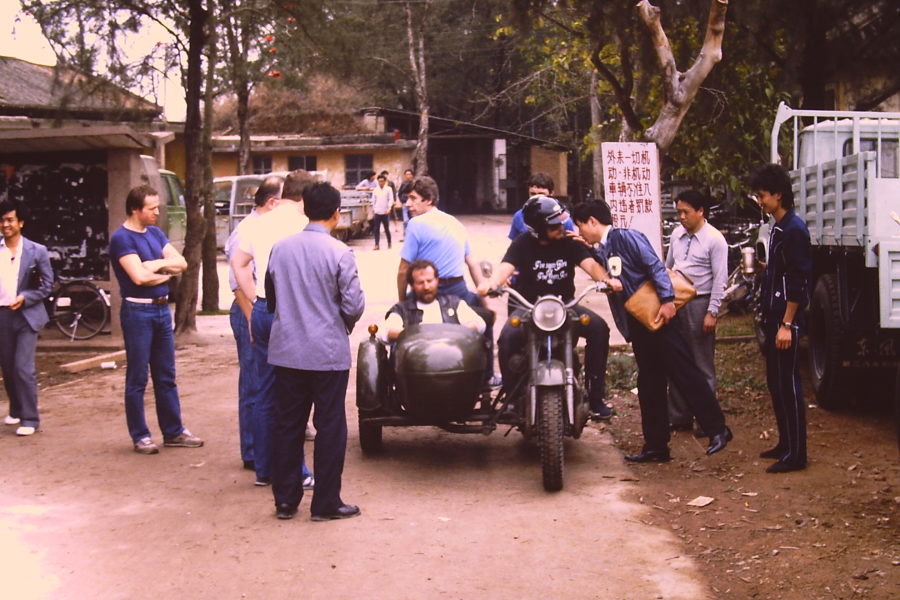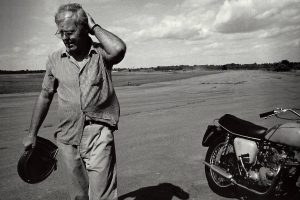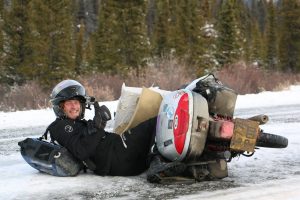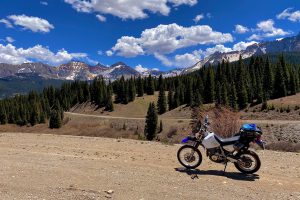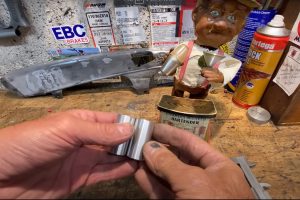三十五年前,我参观了中国的冷杉st time. A travel agent in Berlin, Germany, had decided that it was time to start running motorcycle tours there and put out feelers into the motorcycle travel and media community. I was running a magazine called BIKE Australia and I couldn’t wait—I had been trying to get permission to enter China on a bike for some time and had consistently been stymied by the bureaucracy.
The tour group, all German except for me (but I speak German) met in Hong Kong and we caught the ferry upriver to Guangzhou, formerly known as Canton. All went well as we passed immigration and were deposited at the White Swan hotel, Guangzhou’s only five star establishment. That night in the bar, a couple of people asked for and duly received banana daiquiris, but when they requested refills there was a pained silence.
Then the barman admitted, by way of our translator, that he had used up the banana. He only had one.
We wandered through the markets in the morning on a tour of the city. The markets were very different from our grocery stores in the west.

The vegetable section of the Guangdong markets. Photo: The Bear
We were ferried to a garage the next morning to be allocated our bikes. These had been specially bought and supplied by a Guangzhou sports club, which had been thoroughly dudded by a Suzuki salesman. None of the bikes was suitable for touring, especially on the muddy roads that we didn’t know about yet, and most were 16 valve, 400cc, four-cylinder sports bikes with narrow-ratio gearboxes, equally narrow saddles and crouched riding positions. I got one of those.
In the afternoon it was time to do our riding test. The written part was relatively easy; the questions had been translated into English and most were fairly obvious, except perhaps “What is the most important part for safety on the motorcycle?” Most of us would have gone for “the brake” but an English-speaking helper directed us to “the horn” instead.

Hermann the German concentrates on the precise circle he needs to do to pass the test. Photo: The Bear
The riding test was not so easy. A tight figure-eight, a wavy concrete path in a limited time, stopping on demand, an obstacle course and quite a few other tricks kept us busy for a couple of hours, but we all passed—except one, the daughter of one of the other riders, who was condemned to the pillion seat for the tour. I still have my small, plastic-covered red riding licence.
In a field next to the testing ground were several dozen trucks, dusty but relatively new-looking. Our interpreter told us, sadly, that they were all ready to go except that one factory had not met its target of gearboxes. A sidecar outfit, on the other hand, was ready to go and I get permission to hoon about on it, lifting the sidecar wheel, sliding and generally showing off. The Europeans were a little worried by this behaviour, but all the Chinese staff thought it was a great hoot.

Roads were almost universally fine gravel, kept smooth by improvised graders. Photo: The Bear
Once on the road, we learned why the horn is the most important safety feature on a bike. If you didn’t blow the horn, you didn’t exist for the rest of the traffic. We learned to toot just as enthusiastically as the locals. Once we were on the road, it seemed this was not just a scenic tour. Our guide clearly expected that the highlight of the first day would be a visit to a ceramic tile factory. Now I would be the last person to claim that I knew how tiles were made and decorated, but by the end of the tour I possibly knew too much.

There is a limit to the interest yet another tile factory can generate. Photo: The Bear
Imagine my – and everyone else’s – surprise, then, when we visited another tile factory on the next day. We were on our way to a third one when Hermann the German, one of the other riders and subsequently a firm friend of mine, suggested to the guide that perhaps we now had an adequate overview of ceramic tile production in Guangdong Province. The guide was surprised.
“But you seemed to like the first one so much that I thought you would like to see more,” he said. Hermann assured him that we had simply been polite. This eagerness to please emerged again a few days later when someone asked if it might be possible to have a European-style breakfast. Apparently she’d had enough of the boiled rice and raw eggs that constituted the local morning meal.
Next morning, our breakfast was a multi-layered birthday cake, its layers separated by a rich yellow fake cream and tinted by alternating neon-bright food dyes. We settled for the raw eggs and hot rice after that, stirring them up together to make a kind of runny rice omelet.

The ‘Russian Motels’ were pretty basic, but they had decent beds and hot showers. Mostly. Photo: The Bear
Most nights of the trip, we stayed in motels. Yes, it’s kind of odd to think of country Guandong Province as being supplied with motels. Not only that, but they were all identical. Our chief guide, the fount of all knowledge, explained that these places with their pink-tiled rooms and green-tiled bathrooms had been built when there were a lot of Russian advisers about who had to be housed and who needed somewhere to park their vehicles.
“They seemed to like them,” he said.


